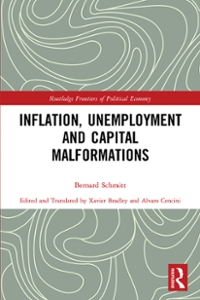Please provide all working. Questions are Attached. Reasonings do not have to be answered just the math portions!
Consider a city where there are one million identical households. Each household has the following inverse demand curve for electricity: p=2002Q where Q is the quantity demanded per household per year and p is the price per unit. (i) (iii) Suppose that electricity is supplied by perfectly competitive rms, at a constant marginal cost of $50 per unit. There are no xed costs. Find the equilibrium price and the equilibrium quantity demanded per household per year. Denote this quantity by Q6, where the subscript c in Qc indicates that this is the outcOme under perfect cOmpetition. (3 marks.) Now suppose that the perfectly competitive rms merge into a single rm (a monopoly). The marginal c0st remains unchanged. Assume that the monOpoly is required by a regulatory agency to charge a single price. What is the single price that maximizes the monopoly's prot? Denote this price by pm and the associated quantity demanded (per household per year) by Qm. Find the monopoly's prot, and denote it by arm. Find the ratio Qm/Qc. Compute the dead-weight loss under single-price monopoly. (3 marks.) Now suppose that the regulatory agency changes its mind and allows the monopoly to use a two-block pricing scheme. The monopoly can announce a rst quantity-block Q1 (per household per year) such that the price per unit for all units in this rst block is equal to p(Q1), and a second quantity-block (Q2 Q1) such the price per unit for all units in this second block is equal to p(Q2). If any household wants to buy more than Q2 units per year, it must pay for each of these additional units the price p(Q2) per unit. Write the monopoly's prot as a function of Q1 and Q2. Denote by Q; and Q; the solutions for Q1 and Q2 that maximize the monopoly's prot. Find Q", Q; and the associated prices p; = p(Q'{) and p; = p(Q). Compute the monopolist's prot under this two-block pricing scheme. (8 marks.) Compute the deadweight loss under the two-block pricing scheme, and compare it to the deadweight loss under single-price monopoly. Should the regulatory agency allow the monopoly to increase the number of blocks? Please give the reasons for your answer (maximum length: 50 words). (3 marks.) \f_Q-Q'I T2 QC What are the meaning of these ratios? Is it true that r1 = 1 and r2 = %? If it is true, can you tell whether this result is accidental or whether there is some plausible explanation behind it? Please give the reasons for your answer (maximum length: 50 words). (3 marks.)









